We continue our week of European comic goodness with more from Statix Press: Titan Comic’s new imprint that’s working to translate the best strips from across the pond to make them available to the US and UK markets. Today we’ve got a really interesting piece of work for your perusal: Atlas & Axis.
The story opens in a small village in Pangea, a world where animals may walk and talk like humans, yet still retain their essential animal characteristics. Atlas, an Afghan hound, and his friend Axis, a terrier, are looking forward to a feast day. Unfortunately, things quickly take a dark turn as their idyllic home is invaded by warriors. The two friends vow to rescue the survivors, who’ve been captured by the marauding forces and taken north.
The series was nominated for a Fauves d’Angoulême in 2012. Issue one of Atlas & Axis, a saga that stretches over several volumes, was released in English for the first time by Statix this month. The Beat caught up with Pau, the artist and writer of Atlas & Axis for a brief chat about this intriguing series of comics. A native of Mallorca, Spain, Pau has authored daily and weekly cartoons for over a decade in addition to his ongoing work on titles like Baboon!, Curtiss Hill, Spirou, and Las 5 Banderas.
Following the interview is an exclusive first look at Atlas & Axis issue two, including two pages you won’t see anywhere else until the book hits the stands. Atlas & Axis issue one is in stores now.
Edie Nugent: Atlas & Axis are a very classic kind of duo: Atlas is rational and measured, and Axis rough and impulsive. What were your inspirations in creating that ‘buddy comedy’ dynamic?
Pau: They are inspired in two actual dogs, I had Atlas (real name Gandhi), and a friend of mine had Axis (real name Freddy). They were pretty similar to the characters, and I also make the react like two different parts of our brains: the rational one (neocortex) is bigger, more philosophic, clever… but sometimes, the small part is stronger (instincts). So, Atlas & Axis act like our brains do. In front of a situation, they discuss, but sometimes our instincts win without any discussion.
Nugent: The comic has a very classic look to it. Do you work in digital to produce it, or do you prefer the older, pen and ink analog methods?
Pau: I don’t really like burning my eyes with the screen for hours, so I do the pencils and ink on paper, and then use the computer to color, because anyway the colors must pass through a computer, and the printed version is more similar to what I try to do if I do it straight with Photoshop than if I scan watercolors, for instance.
Nugent: As both the writer and the artist for the series, how do you plan out the story and art? Do you write a traditional comic script that you then do thumbnails for?
Pau: No, I don’t write the script without drawings, I do both things at the same time, in thumbnails.
Nugent: There’s a real dichotomy between the lush and brightly colored cartooning style of the book, and the mature subject matter of raiding parties and the death they leave in their wake. What appealed to you about telling the story this way?
Pau: I like the way [Osamu] Tezuka can tell any kind story with pretty soft drawings, and I find “serious” subjects feel stronger when told like that. We are too used to violence in comics or TV, it doesn’t shock us anymore. But when you see a nice puppet suffering, it breaks your heart. We, as (grown) children or animals are identified with them more than with other adults.
Nugent: While you see that kind of tone more frequently in European comics, it will likely take Western readers by surprise. What kind of audience do you hope it will find here?
Pau: Well, Disney in the ’30s was not so different from this. I guess in these days more people are fed up of too much “political correction”, that can hurt good stories. I hope that, besides being surprised, they will like this style. I think anybody can read this story, any age and gender. There are things for everybody in the books.
Nugent: Issue one of the book looks beautiful and sets up a really epic story of revenge and rescue, romance and humor. What can readers expect from the upcoming installments as the story unfolds?
Pau: More beauty: as a reader I think it is a very enjoyable part of a comic book that is often undervalued. But also great adventure, some philosophy, new worlds discovery, a lot of surprises, and humor! Sometimes we forget why comics are called comics!
Check out the Roman Dirge cover from Atlas & Axis issue one below, in addition to the Pau covers for that and issue two, as well as the exclusive first look at pages from Atlas & Axis issue two.
If all this leaves you hungry for more European comics content, check out our interview with Statix Brand Manager Chris Thompson and our look at upcoming series Alisik.
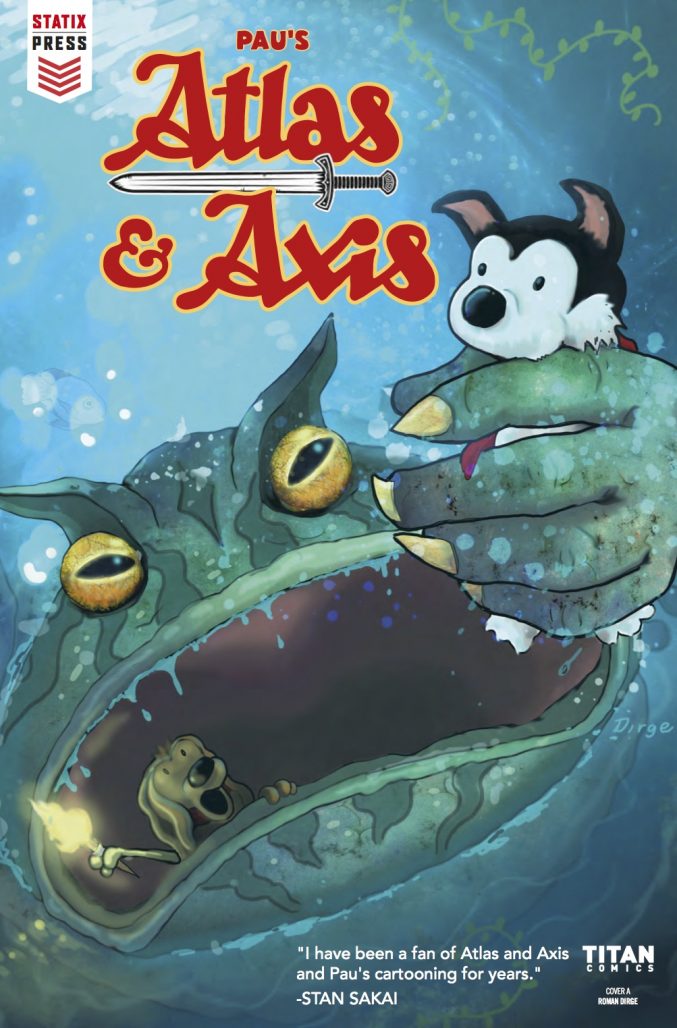
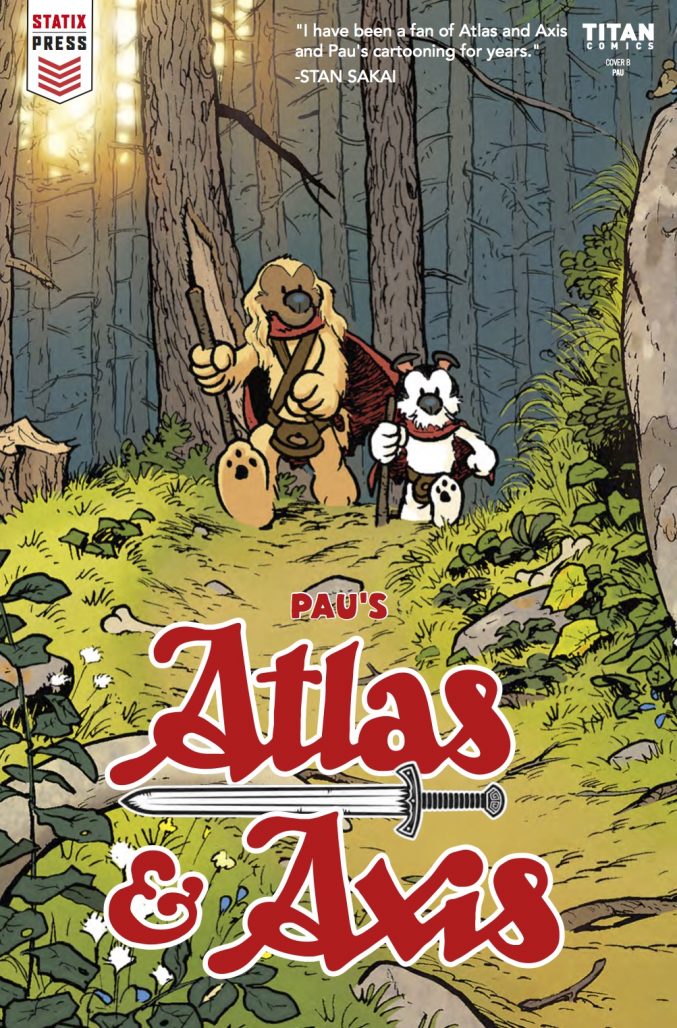
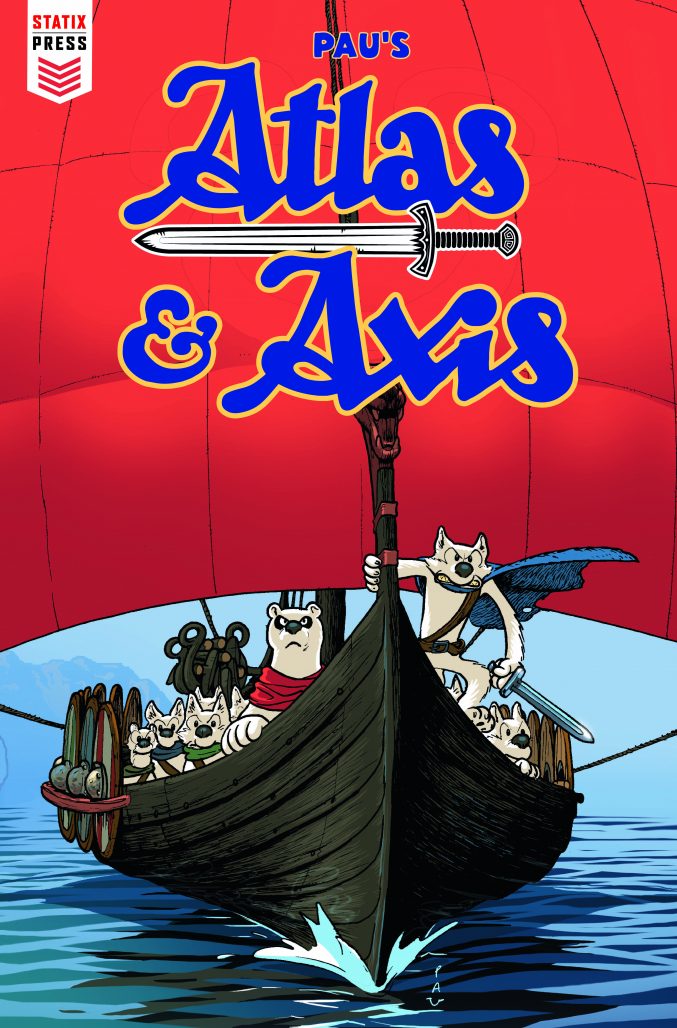


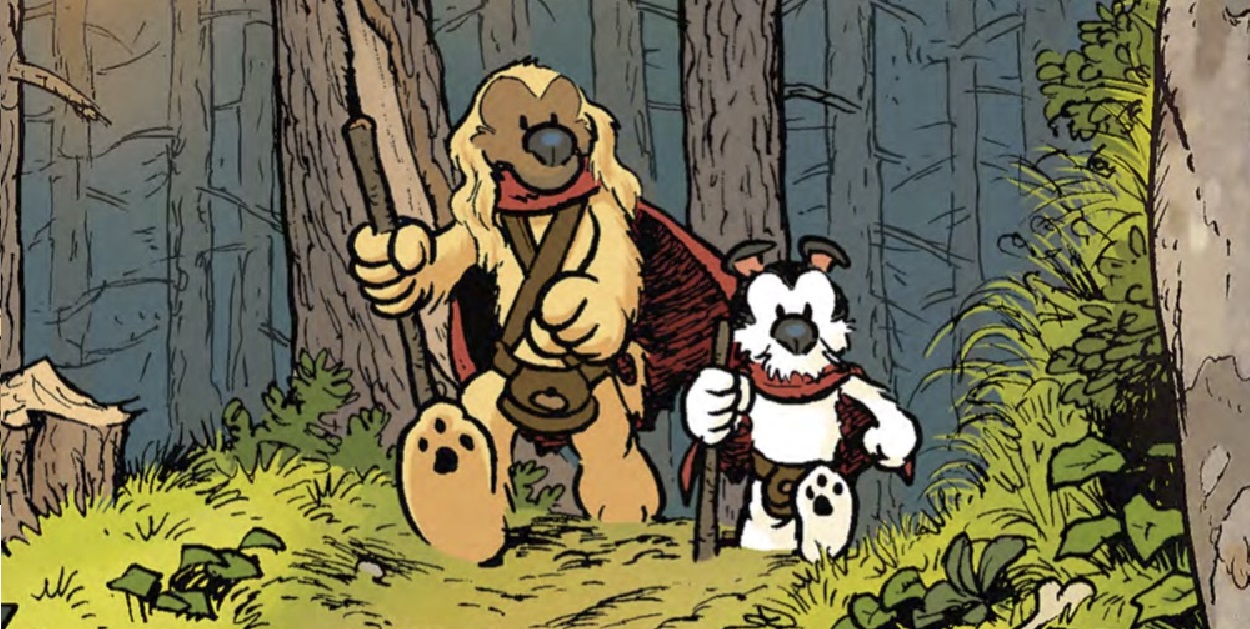
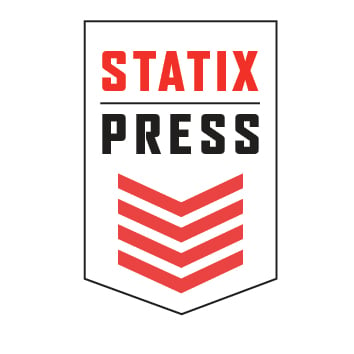
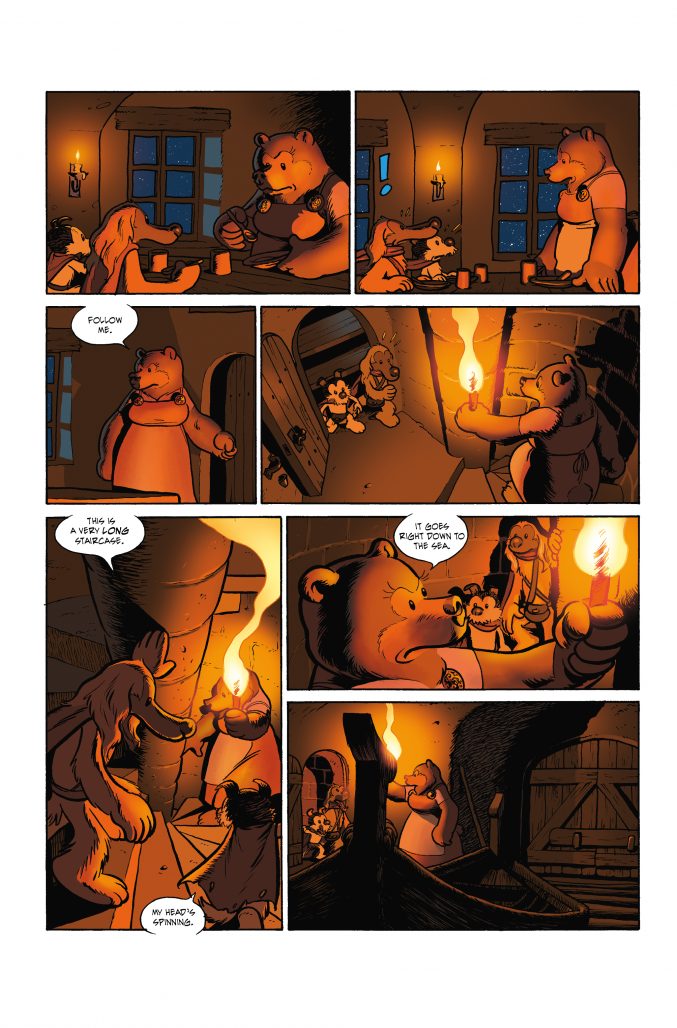
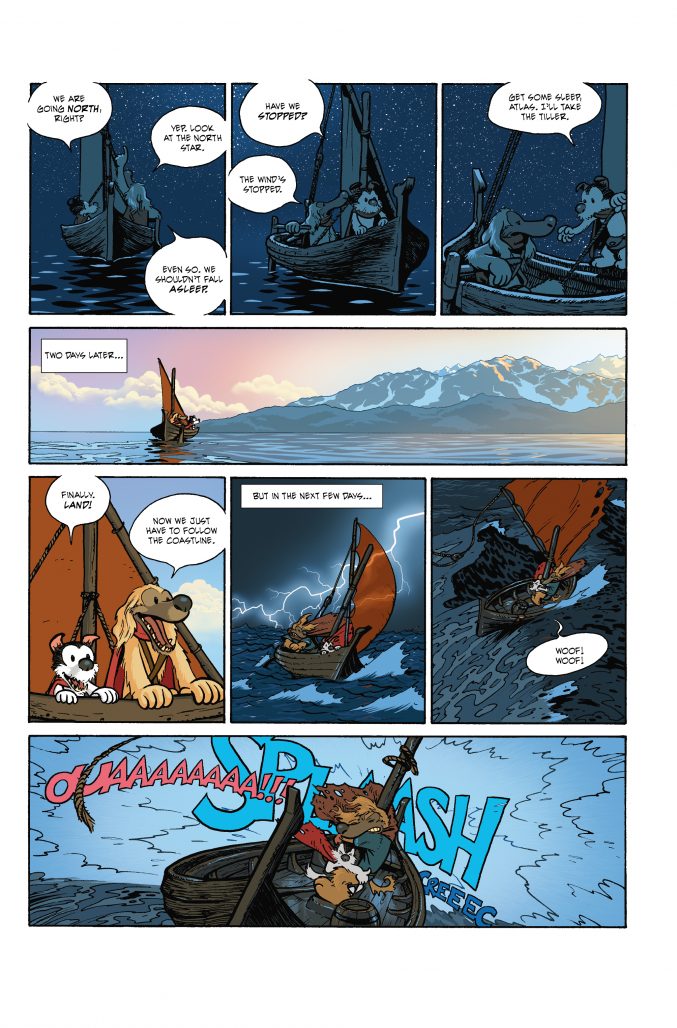
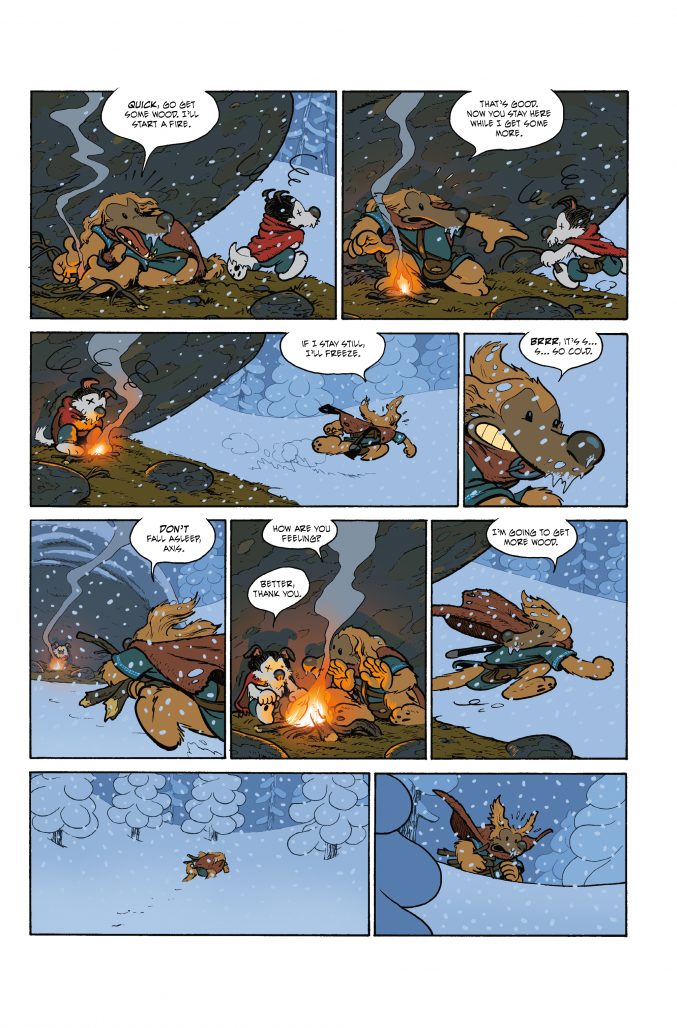
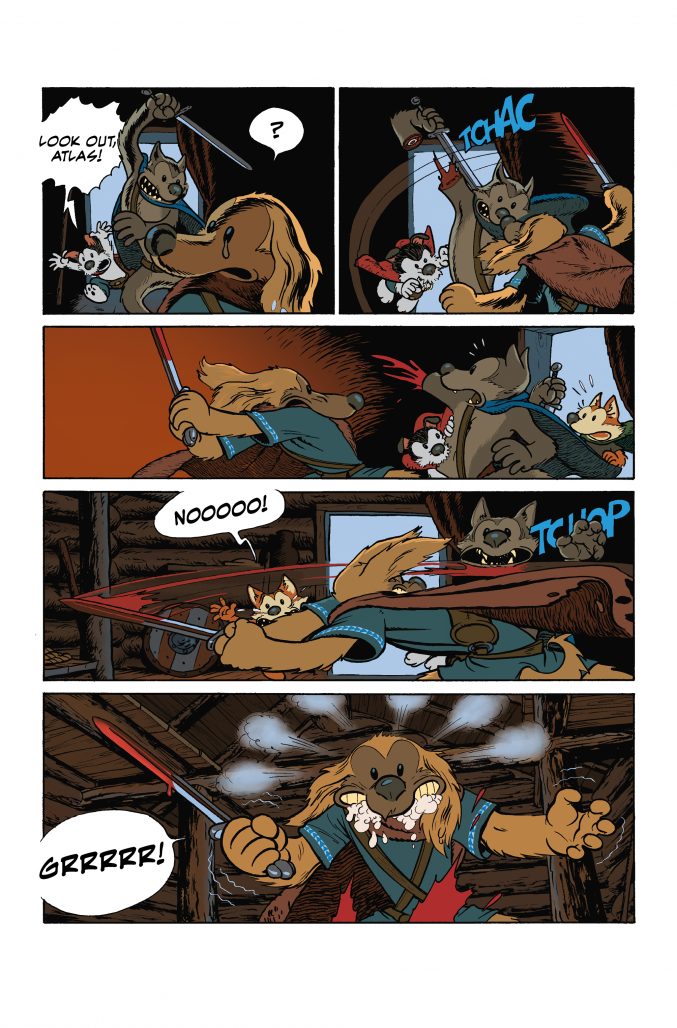
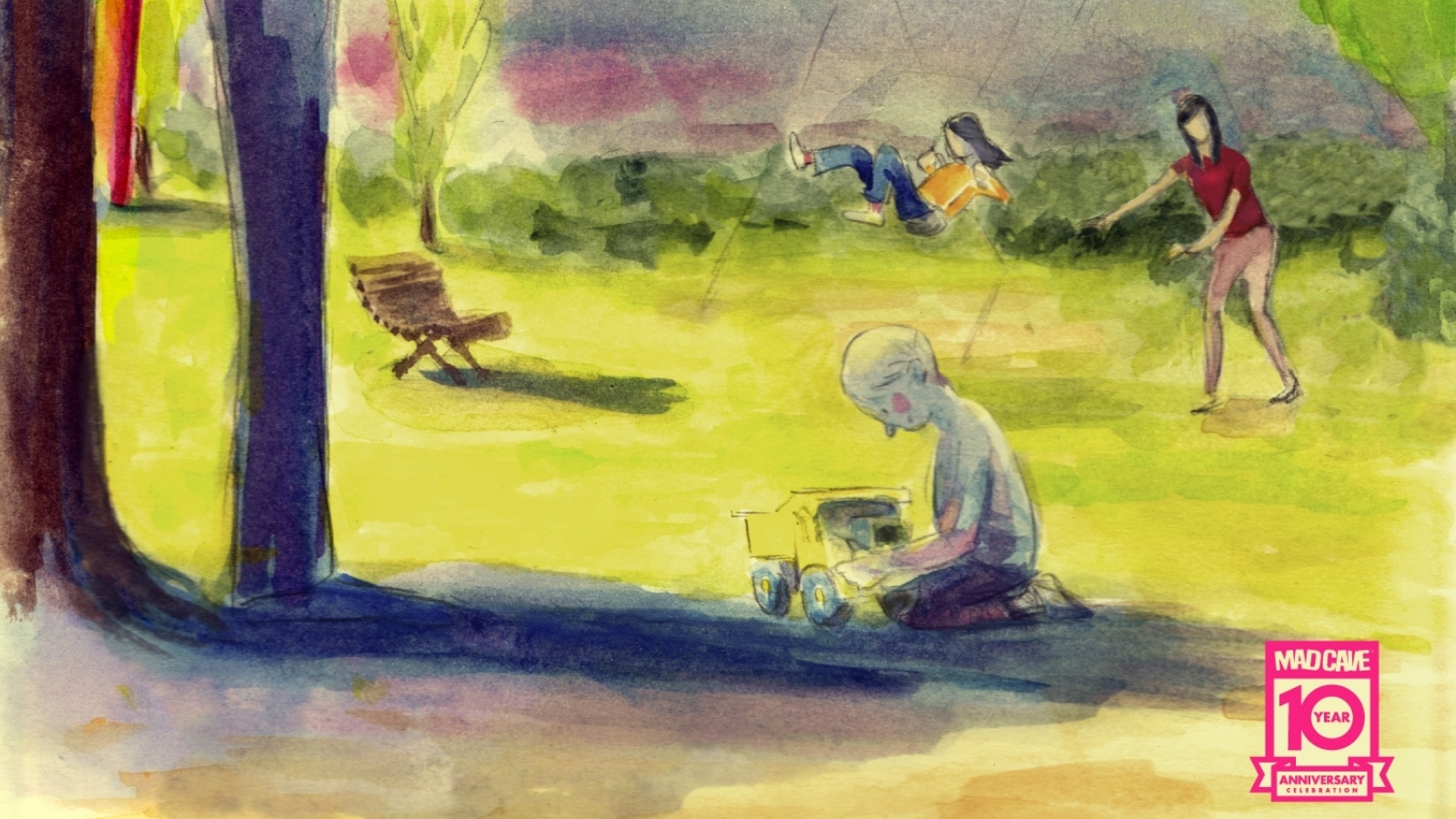




Comments are closed.